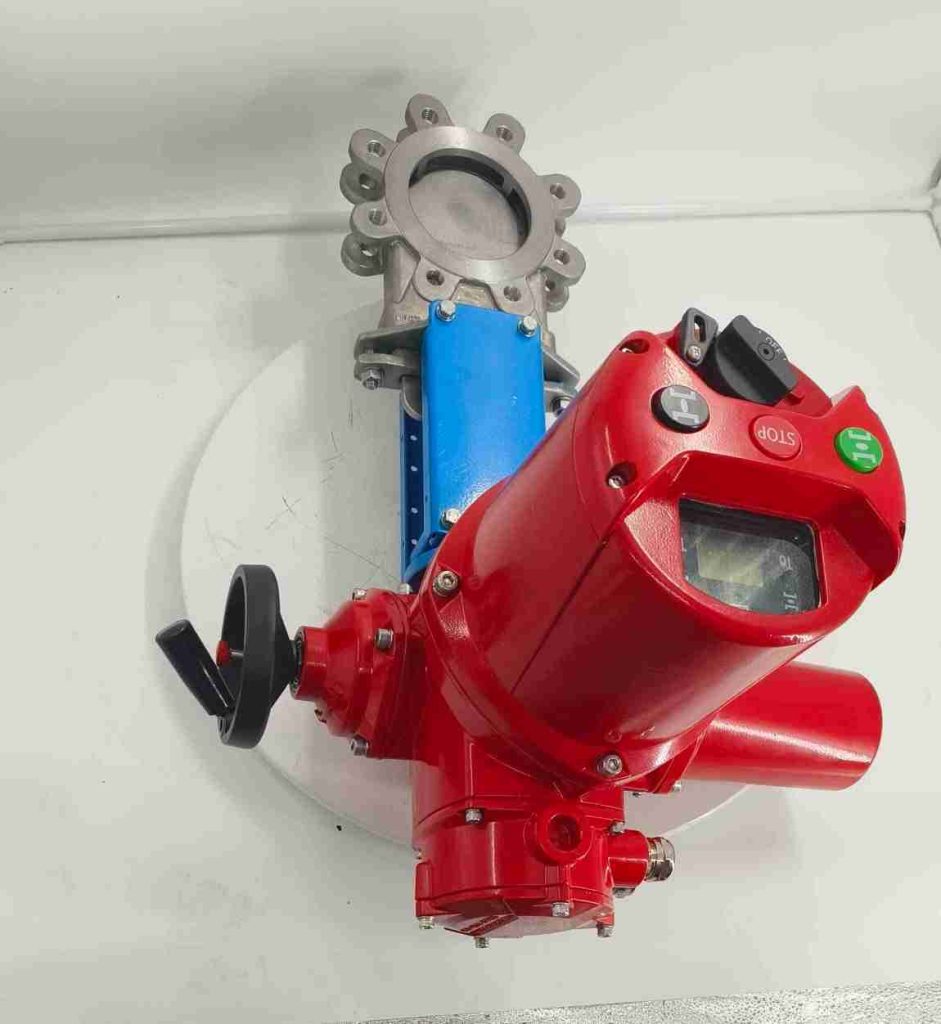Electric gate valves are integral components in various industrial applications, designed to control the flow of fluids with precision and reliability. As automation continues to evolve in industries such as oil and gas, water treatment, and manufacturing, the significance of electric gate valves has become increasingly pronounced. This article delves into the working principles, advantages, applications, and maintenance considerations associated with electric gate valves.

Mechanism of Operation

Electric gate valves operate using an electric actuator that opens or closes the valve by moving the gate up or down within the valve body. The gate, typically a solid piece of metal, provides a tight seal when fully closed, preventing fluid leakage. The electric actuator converts electrical energy into mechanical energy, allowing for precise control over the valve position. This is usually achieved through a combination of a motor, gears, and feedback systems that ensure accurate positioning. One of the key features of electric gate valves is their ability to provide a complete shut-off. Unlike other types of valves, such as ball or globe valves, electric gate valves are designed to be either fully open or fully closed. This characteristic makes them ideal for applications where a straight flow path is essential, reducing turbulence and pressure loss.
